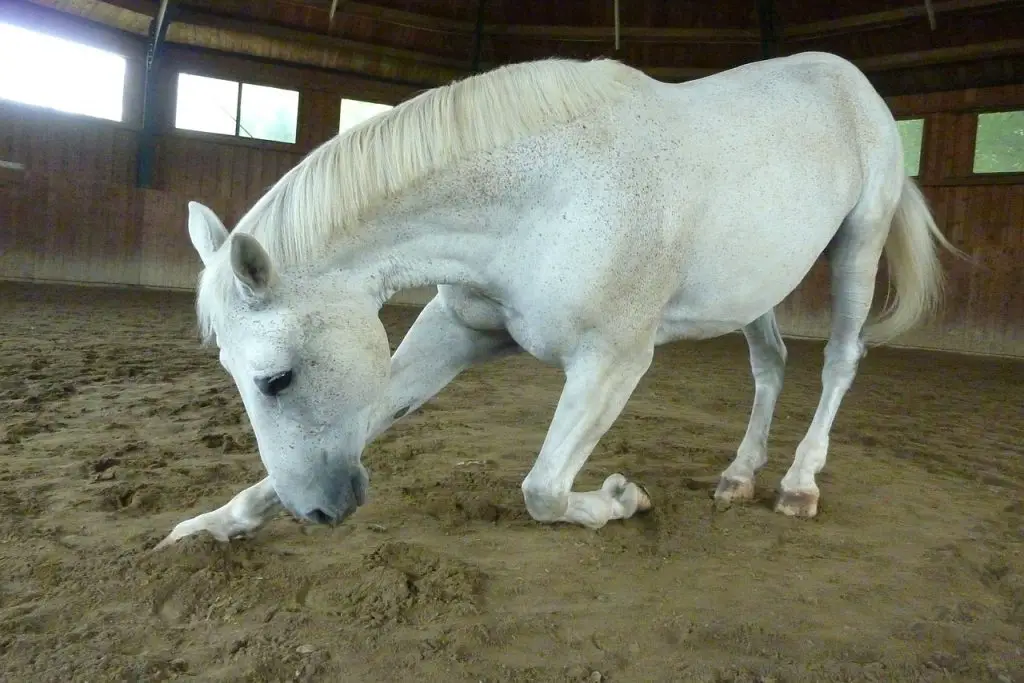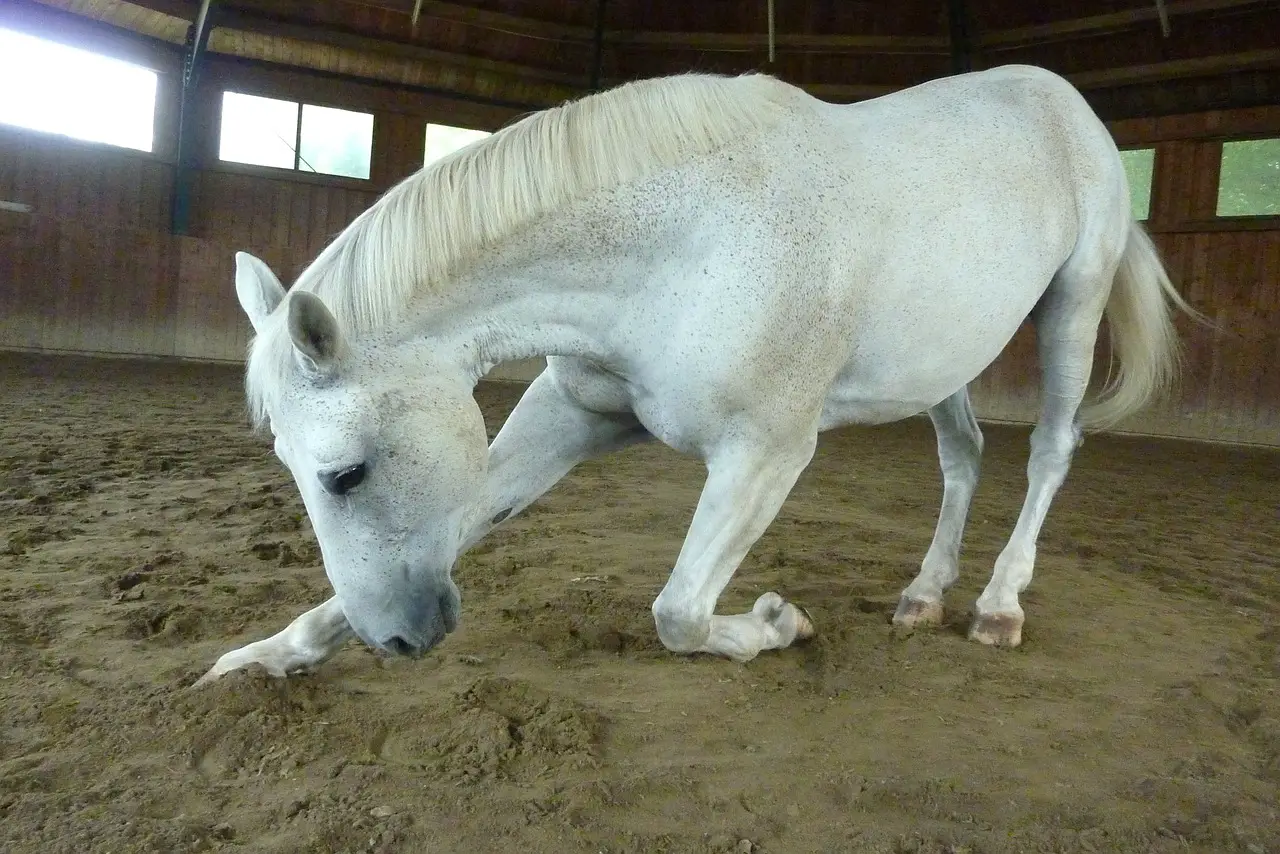Last Updated on February 21, 2022 by Allison Price
Wobbler syndrome horses usually have no apparent problems in their first years of life. These horses develop uncoordinated gaits as they age, including stumbling, dragging one’s limbs, and swaying while they walk. Young wobblers might seem a little clumsy walking and may avoid playing with his fellow horses. These horses are generally healthy. They are alert, responsive, and hungry. Gait irregularities are the only indication of a problem.
Wobbler syndrome, also known as cervical vertebral myelopathy or narrowing of one or more vertebrae, is a condition where the spinal cord becomes compressed. The spinal cord can become irritated and swollen from pressure on it. This condition is slow-growing and may not be noticed in its early stages.

Wobbler syndrome in young horses is more common in males than it is for females. It may also be due to rapid growth of large and heavy youngsters. Warmbloods, Quarter Horses and Thoroughbreds are more likely to be affected than other breeds. Sometimes radiographs can be used to detect narrowed regions in the neck vertebrae. The use of dye in the spine canal increases contrast and helps to see deformities clearly on an x-ray (myelogram). Wobbler syndrome is a condition in which young horses are unable to walk or play with other horses. Their diets have been modified to limit their overly rapid growth. These measures can be combined with anti-inflammatory medication to limit the damage to the spinal chord if the condition is detected before the horse turns one year old. If diagnosed early, affected horses can live a normal life.
Wobbler syndrome can be caused by injury to the spine or neck. Spinal injuries can occur in young horses as they wrestle, twist and fall with their friends.
A similar problem can occur in older horses. The rider will notice a decrease in the horse’s ability to jump, turn sharply or transition to faster gaits. The pressure on the spine of older horses can not develop as the horse’s skeleton matures. It may be due to falls, injuries or other arthritic changes. Some older horses suffering from spinal cord compression may be able to live longer by having their spine stabilized using fusion of two or more vertebrae. Although the surgery is not a cure-all for every horse, there are some improvements that can be expected in all horses who have been selected.
Some evidence suggests that wobbler syndrome may have a genetic component. The connection is still being investigated.


